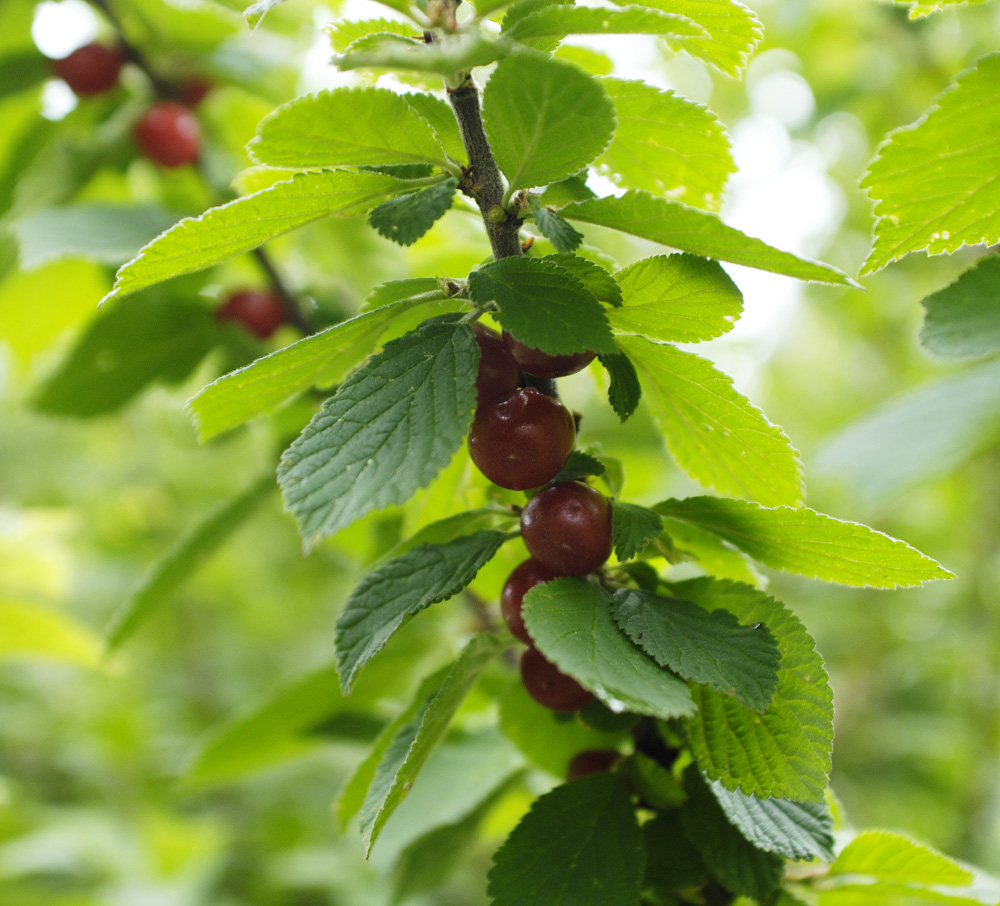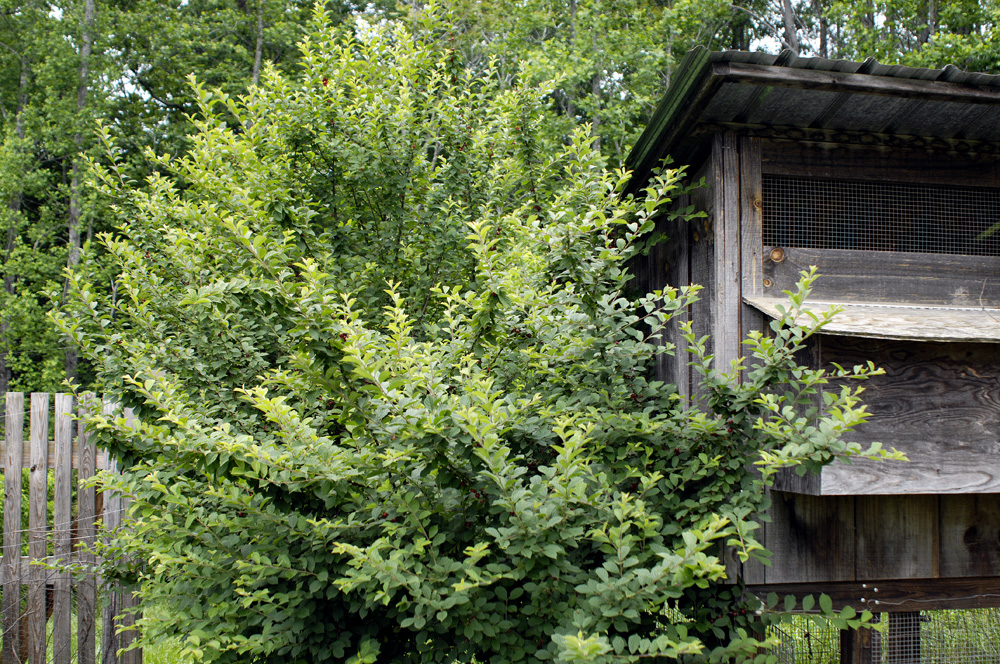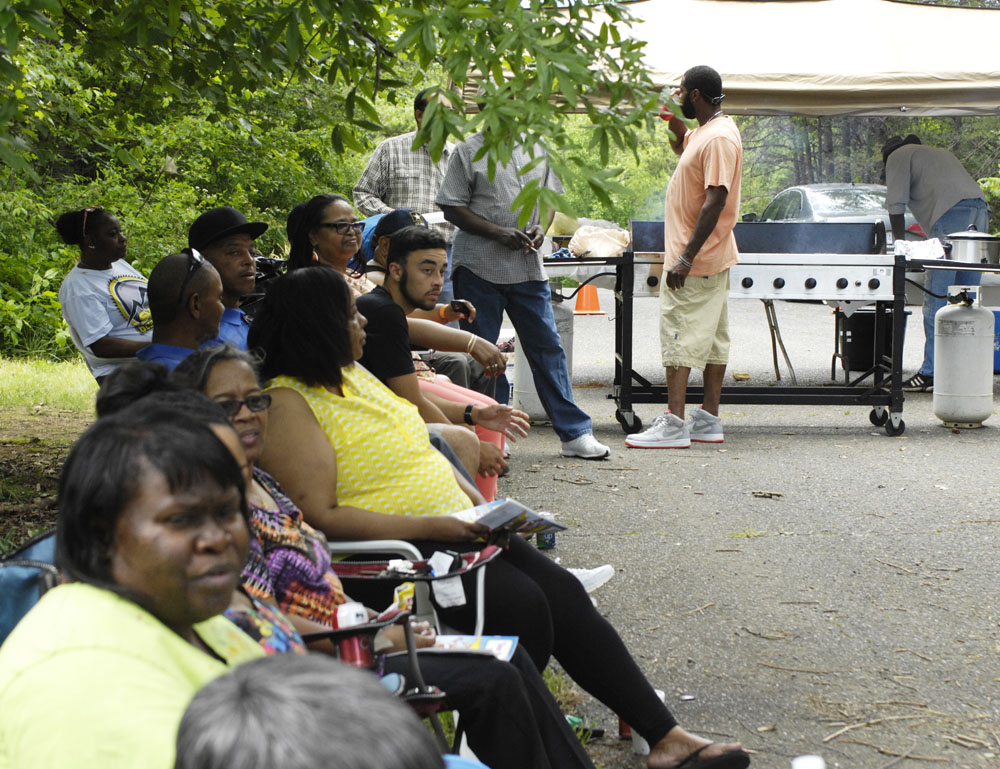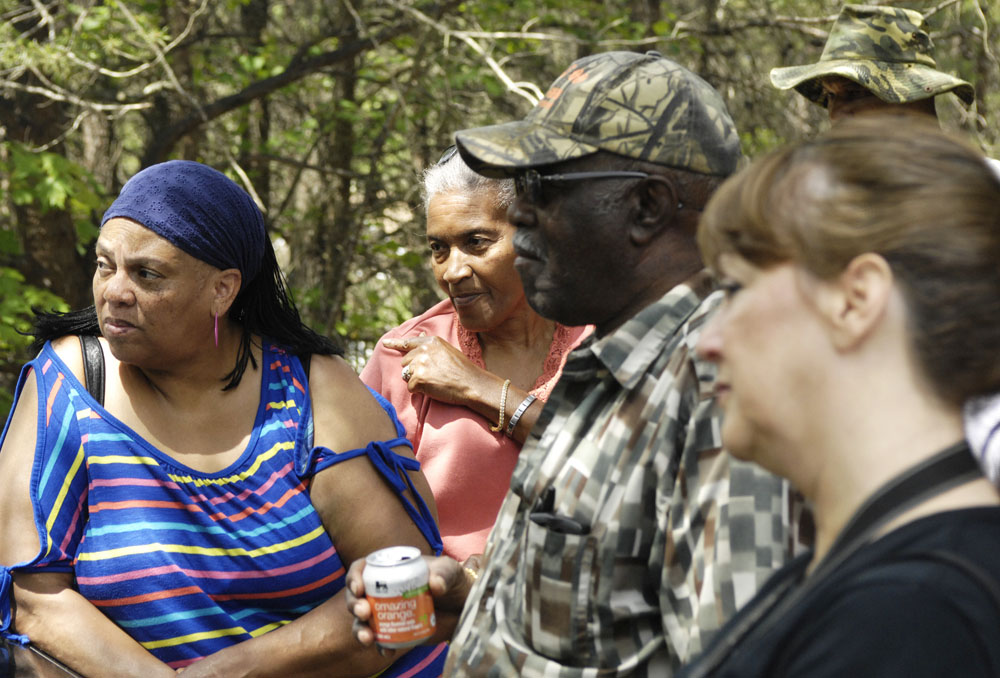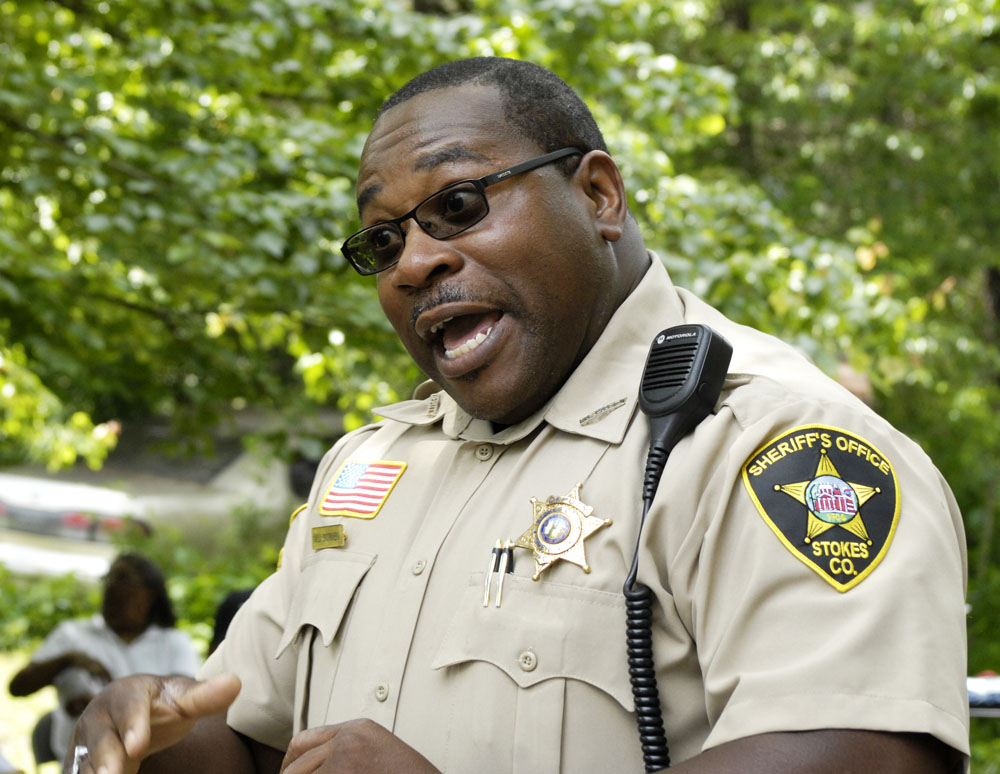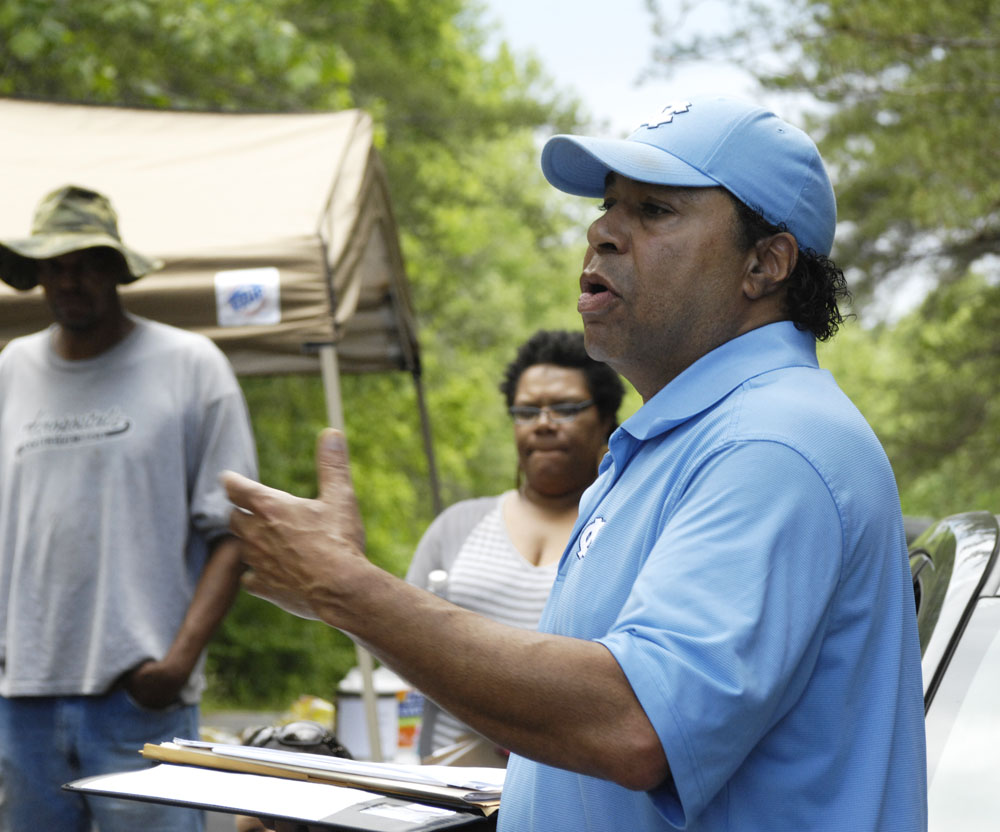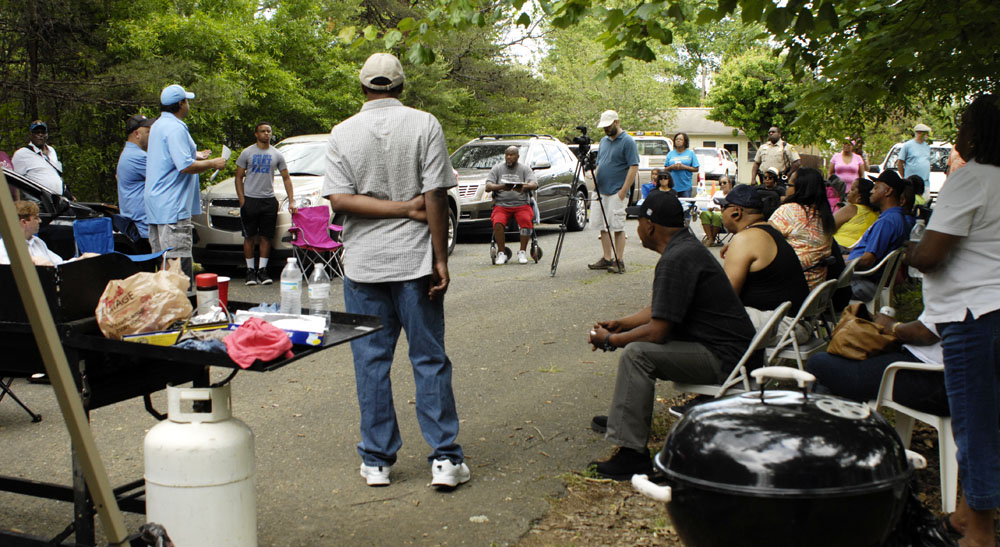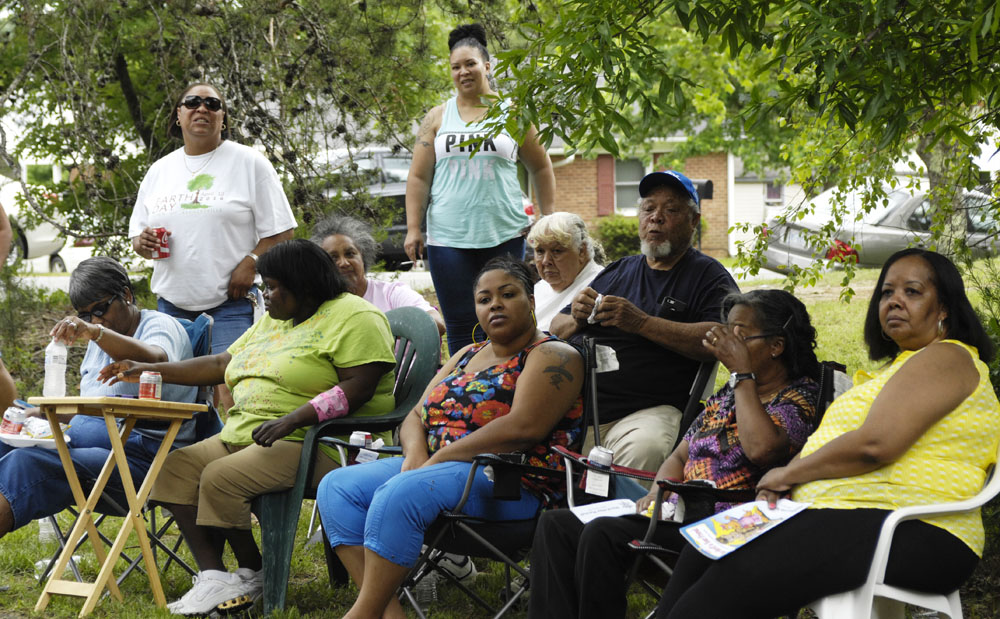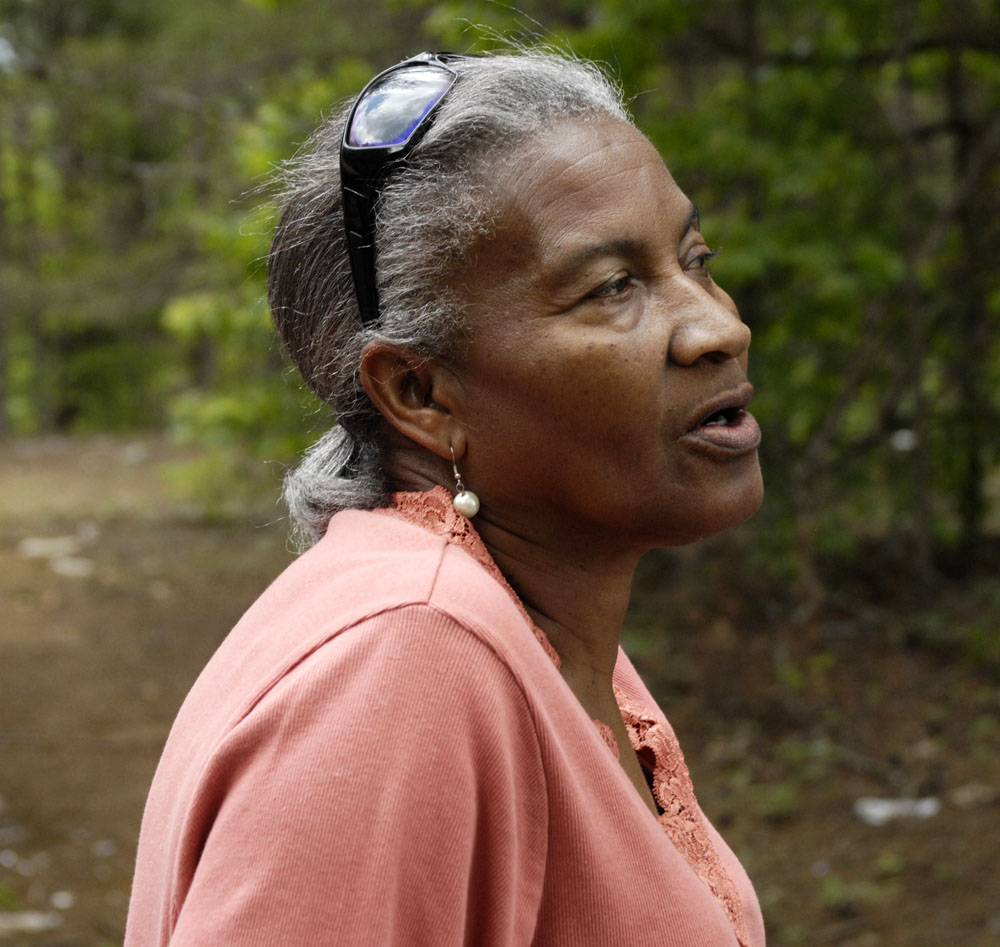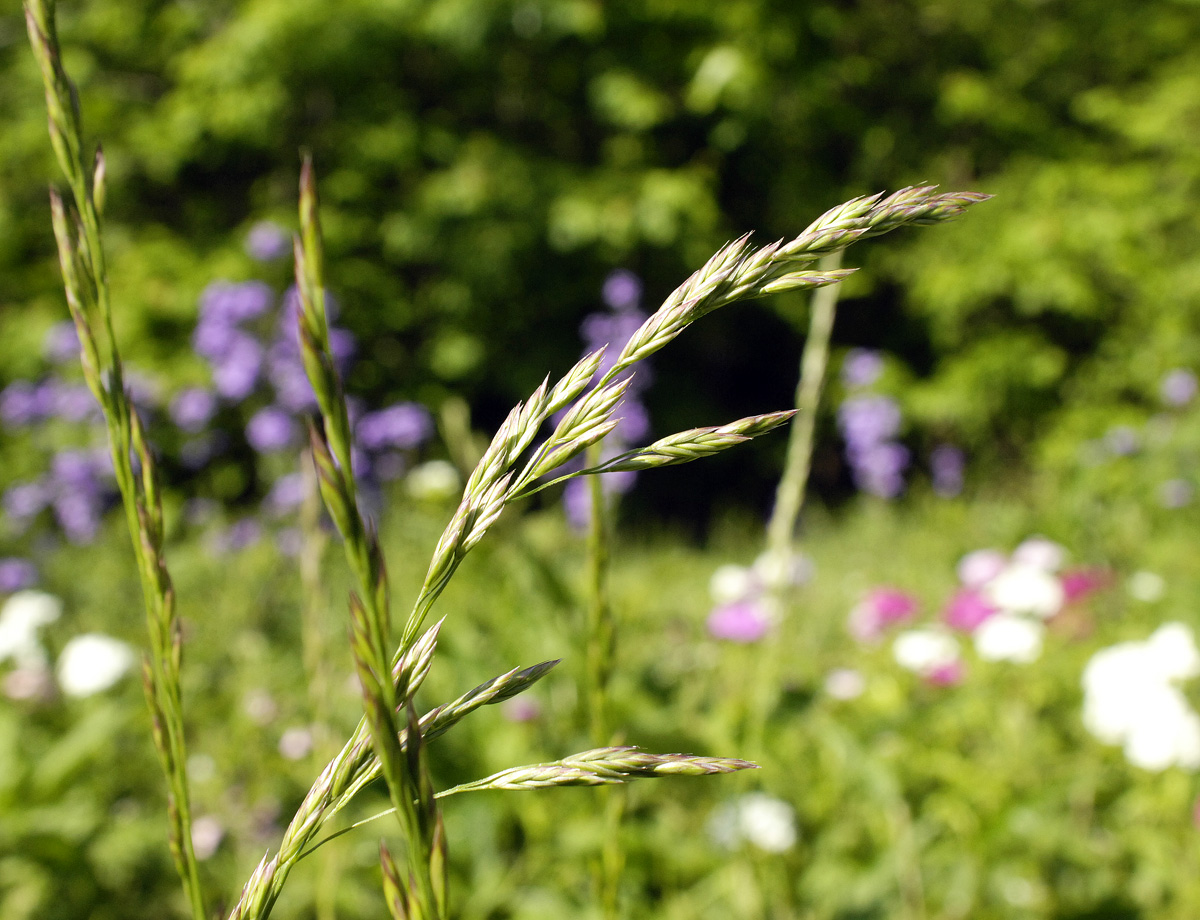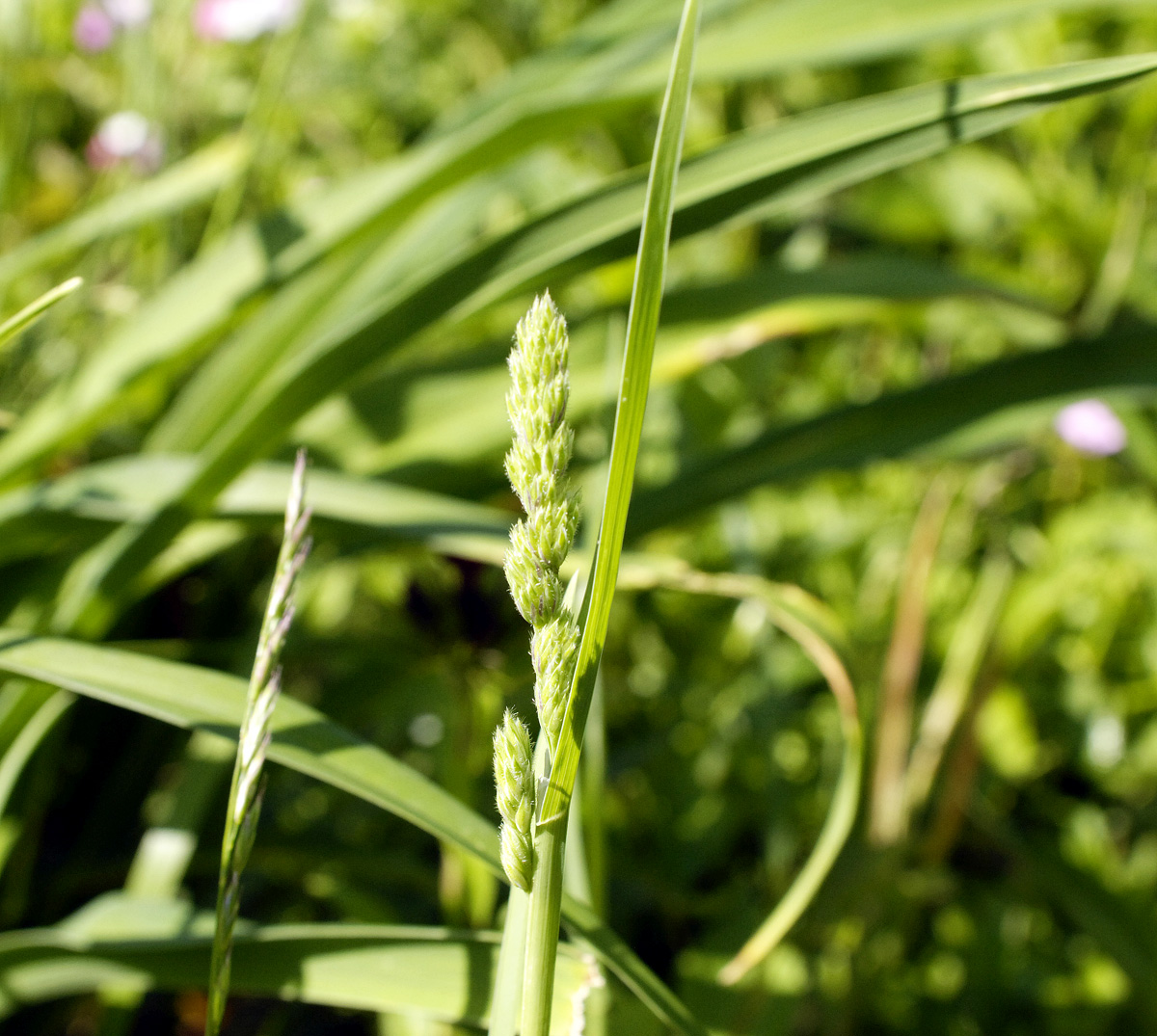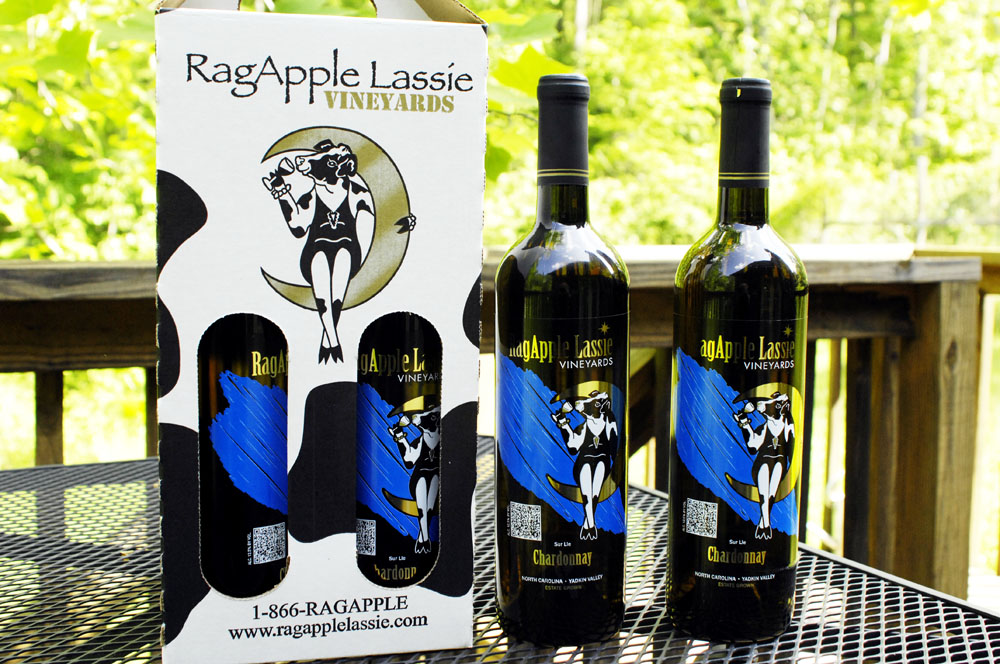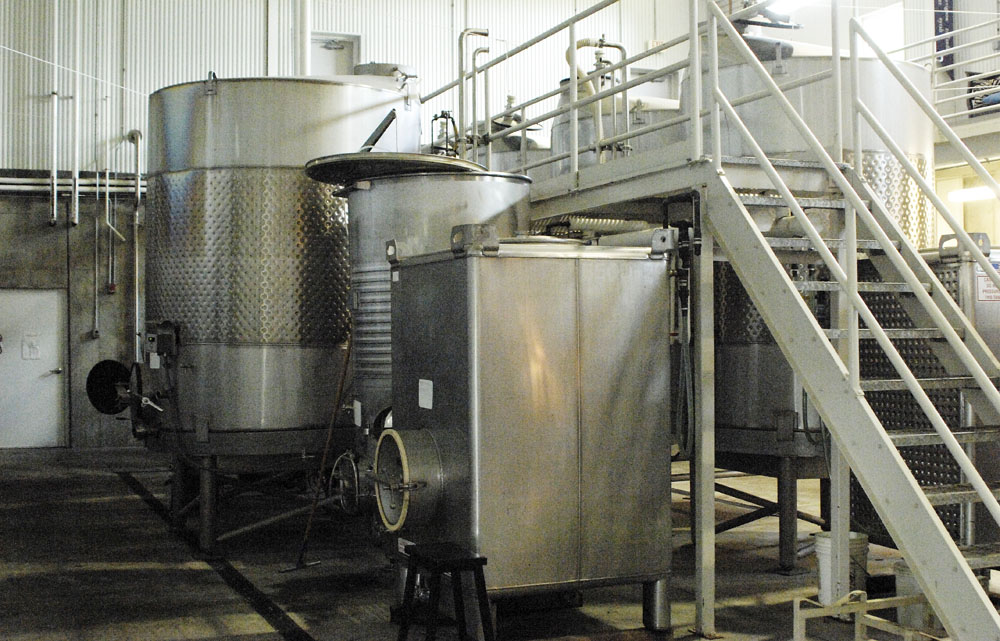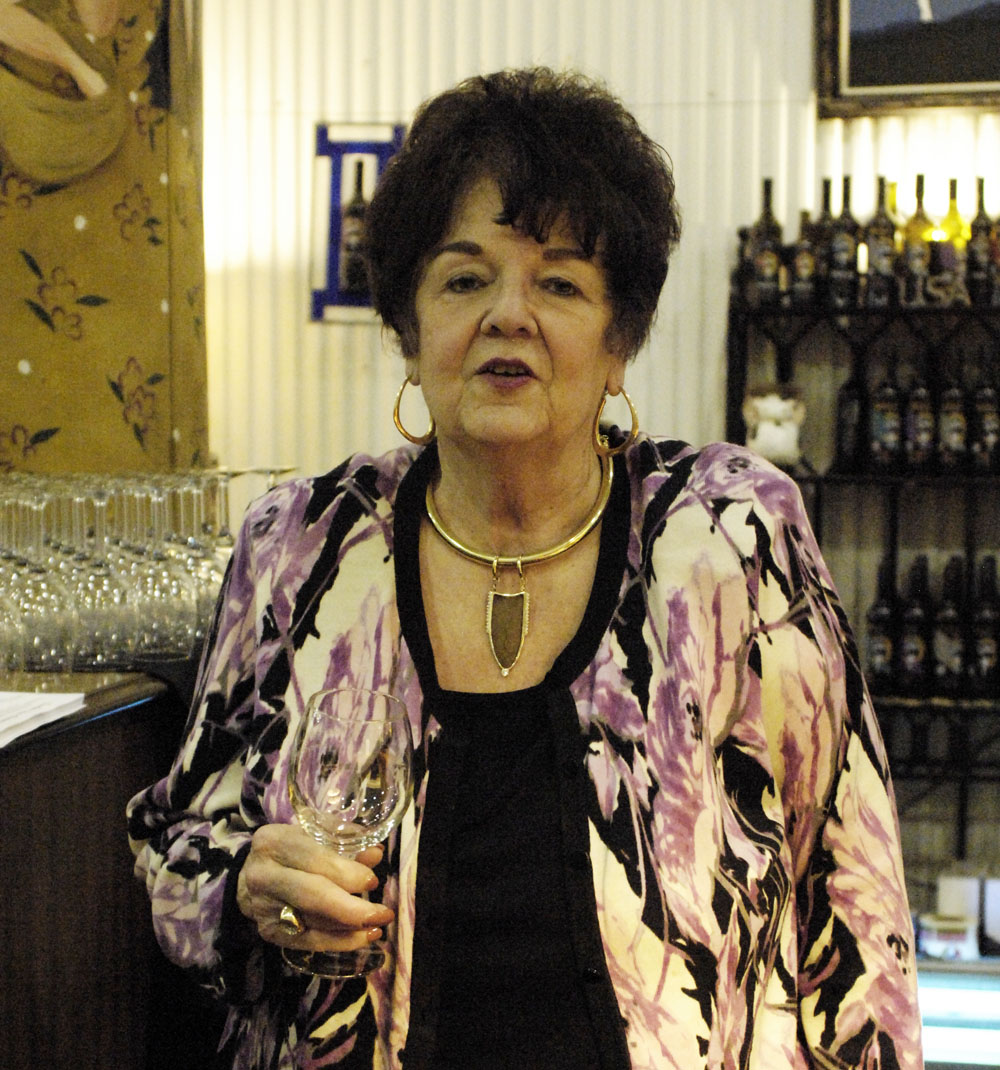The spider in my window was having a stink bug for lunch. Way to go, spider.
Month: May 2016
“Where to Invade Next”
It’s easy to dislike Michael Moore. He’s rude, and he looks like a slob. But his documentaries fill an important need, because he tells us what we otherwise wouldn’t hear.
In this blog, I’ve often mentioned the Overton window. That’s the window of allowable discourse, the range of ideas that the mainstream media will talk about because it’s assumed to be the range of ideas that the public will accept.
For years, the Overton window has been pulled hard to the right. It was assumed that European-style socialism was something that the American people just didn’t want to talk about until Bernie Sanders proved otherwise. With “Where to Invade Next,” Michael Moore shows that Europe is not the decaying freedomless hell hole that the right-wing media say it is. The American people are deeply immersed in their delusion of American exceptionalism and rarely question the notion that we Americans are the best at everything, that the whole world envies us.
In “Where to Invade Next,” we are reminded that, in many ways, the civilized world feels sorry for us Americans. Even Tunisians feel sorry for us. Moore doesn’t whitewash Europe’s history or Europe’s problems. He sheds a lot of light, actually, on how Germans deal with the shame of their history and how even peaceful Norway has to grapple with right-wing terrorism and mass murder.
And you will definitely want to know what French schoolchildren have for lunch.
Doodlebugs
When I was a young’un in the rural South, we called these doodlebug holes. There is much folklore about doodlebug holes. The version I learned as a child was, “Doodlebug, doodlebug, come out, your house is on fire.”
A little Googling reveals doodlebug holes to be the sand pit traps of antlion larvae. As for the adult antlions, I’ve already found one of them in the house this spring. I caught it in a jar and took it outside.
Bush cherries
I believe it was four years ago that a gardener friend urged me to go to Tractor Supply and get some of the cherry bushes they were selling. The potted bushes were very small — not more than two quarts, as I recall. I have never known a bush that is so hardy and grows so fast. The bushes have been heavily pruned at least twice, and once again they’re starting to block the path from the garden to the orchard.
As for the fruit, I wouldn’t say that it’s the best fruit in the world. But it has the virtue of being very early and very prolific. The pit-to-fruit ratio is not all that great. But who can turn down fresh cherries in May. Bush cherries would make a fine, fast-growing hedge.
The muffins are whole wheat, sweetened with maple syrup and honey.
Watch out for pits!
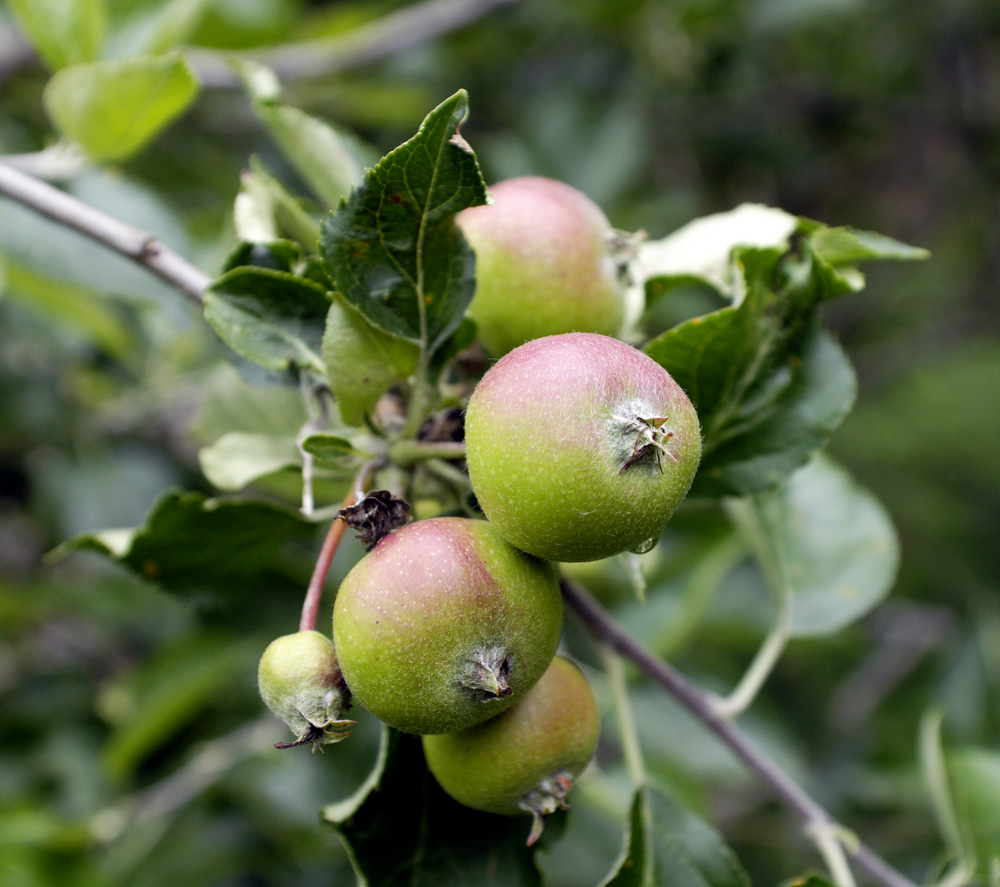
The 2016 apple crop is coming along great.
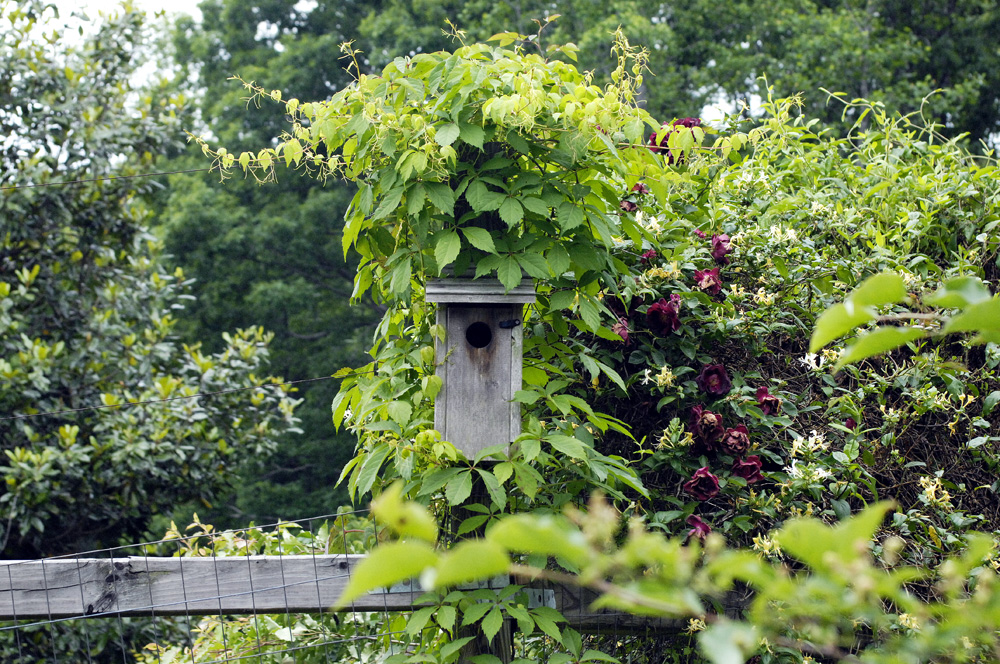
Someone told me recently that the abbey is looking shaggy. Oh well. Better shaggy than barren.
Taboos, truth-telling, and an F-word
For as long as I have been politically conscious, there has been a strong taboo against using certain words in public discourse. One of those words is the H-word — Hitler. (Nice people lower their voices when they say the name.) That taboo led to what we call Godwin’s law, which posits that if any online political discussion goes on for long enough, it becomes almost a certainty that someone will use the H-word. Another one of those words is the F-word — fascism. Again, I lower my voice. These are words that nice people don’t use.
The moment one uses either of these words — I like to call them rhetorical bludgeons — he is deemed guilty of rhetorical excess and automatically loses the argument. The assumption underlying the taboo is that this is America, we’re better than that, and that American democracy could not possibly ever fall into fascism or produce a demagogue like, you know, the H-guy.
But, just as a thought experiment, what would happen if the F-word ever became the right word? Our public discourse and therefore the front line of our defenses would be paralyzed until we came to our senses.
And so I am encouraged to see the F-word increasingly finding its way into print as the Trump phenomenon grows. Andrew Sullivan used the F-word in a long article in the May issue of New York magazine. Yesterday, Robert Kagan, a fellow at the Brookings Institution, used the F-word in an op-ed in the Washington Post, “This is how fascism comes to America.”
We have always known that, if fascism ever did come to America, religion would be right in the middle of it. From the very first colonists, American religion has always had a strong stink of evil in it.
For far, far too long — decades, actually — Republican politicians and the vilest of preachers have gotten away with incendiary rhetoric. Older Republicans have been imbibing this rhetoric for almost 40 years now. Who are these people? Matthew MacWilliams, an academic who studies authoritarianism, published an article back in February that said:
“A voter’s gender, education, age, ideology, party identification, income, and race simply had no statistical bearing on whether someone supported Trump. Neither, despite predictions to the contrary, did evangelicalism.
“Here is what did: authoritarianism, by which I mean Americans’ inclination to authoritarian behavior. When political scientists use the term authoritarianism, we are not talking about dictatorships but about a worldview. People who score high on the authoritarian scale value conformity and order, protect social norms, and are wary of outsiders. And when authoritarians feel threatened, they support aggressive leaders and policies.”
Yep. We all know these people, the authoritarians, pretty much synonymous with the word Republican. Preachers and Republican operatives have made sure that the authoritarians among us always feel threatened. But now the Republican Party has lost control of the machinery it created to angrify and harness authoritarians for political purposes. A rogue moved in and took over. It’s really that simple. And there’s a word for it.
Update:
The New Yorker uses the F-word, the H-word, and the A-word — fascism, Hitler, authoritarian.
Publix
Until today I had never been inside a Publix store. A new store opened last week in Winston-Salem, across the street from Whole Foods. I decided to check it out.
It’s a nice new store and all that. It reminded me of Safeway stores in San Francisco. But it seems to sell pretty much the same generic products that other grocery stores sell, and I couldn’t see any particular reason for shopping there and dealing with the slow-moving, indecisive throngs who also had come to check it out.
So I just left and went to Whole Foods as usual, appreciating Whole Foods’ product line even more.
In search of environmental justice
Since 1974, the people of the Walnut Tree community have lived in the shadow of Duke Energy’s Belews Creek Steam Station, Duke’s largest coal-burning power plant in the Carolinas. Not until 2008 were scrubbers installed on the plant’s stacks. For all those years, people in Walnut Tree were at Ground Zero for the plant’s emissions — fly ash, sulfur dioxide, nitrogen oxides, and all the extremely toxic heavy metals that are found at trace levels in the wastes from coal combustion.
Unsurprisingly, people began to get sick. Also unsurprisingly, the official response was that the steam plant had nothing to do with it.
It would be difficult to overestimate the political and economic power of Duke Energy in North Carolina. Working largely through the Republican Party, Duke Energy (along with other fossil fuel fortunes including the out-of-state Koch brothers) helped engineer the Tea Party takeover of North Carolina in 2010. North Carolina’s governor, Pat McCrory, worked for Duke Energy for 28 years. McCrory and the right-wing legislature have moved with terrifying efficiency to try to protect Duke Energy’s interests, to bring fracking and offshore oil drilling to North Carolina, to slow the state’s investment in renewable energy, and to weaken environmental regulations and the state agencies that enforce them. Part of the purpose of North Carolina’s so-called bathroom law is to distract people (and the media) from the rest of the right-wing agenda in North Carolina.
In February 2014, a massive coal ash spill into the Dan River near Eden focused the nation’s attention (at last!) on what Duke Energy and the politicians they own were trying to do in North Carolina.
Back in 2012, when I and a small group of sassy (and very smart) Stokes County citizens started the organization that we call No Fracking in Stokes, we had no idea how the fracking issue would play out or how it would end up connecting with the coal ash issue. There is much local history here that needs to be written, but by 2015 a powerful coalition had formed to fight not only for the environment but also for environmental justice in our obscure little county. Among these organizations are No Fracking in Stokes, Appalachian Voices, Clean Water for North Carolina, the Blue Ridge Environmental Defense League, the Southern Environmental Law Center, and the NAACP. I sometimes refer to these organizations as the cavalry that rode in to help us.
As readers of this blog know, Stokes County is a rare piece of largely unspoiled earth in the foothills of the Blue Ridge Mountains. The beautiful Dan River winds down out of Virginia, through Stokes County, and back into Virginia again. North Carolina’s most popular state park, Hanging Rock State Park, is here. Climb to the top of the Hanging Rock promontory and look around. You’ll see what we’re protecting. But because the county is controlled by Republicans, and because many of the people are poor and are too busy just trying to get by to pay attention, outside interests would like write the county off as an environmental sacrifice zone.
Now the U.S. Commission on Civil Rights has gotten involved. That group held a hearing in Walnut Cove last month, specifically on the question of environmental justice in the Walnut Tree neighborhood. Last year, the Rev. William Barber, who has led North Carolina’s powerful Moral Monday movement, spoke in Walnut Cove. He also brought the resources of the NAACP to the struggle.
It seems quite possible that, in the larger statewide struggle to hold Duke Energy accountable and to expose the corruption of the Republican Party’s protection of Duke Energy, Walnut Tree will be Duke Energy’s Waterloo, because in Walnut Tree the legal questions relating to environmental justice become crystal clear.
These photos are from a cookout last Saturday in the Walnut Tree community. They’ve gotten organized. They have plans to build a community center. They have a legal strategy for getting the Walnut Tree community annexed into the little town of Walnut Cove (Walnut Tree desperately needs Walnut Cove’s water, which comes from deep wells that are a safe distance from the coal ash impoundments).
As someone from Appalachian Voices said, this is what winning looks like. It has taken 40 years, though we’re still not done.
Stokes County terrain at its best
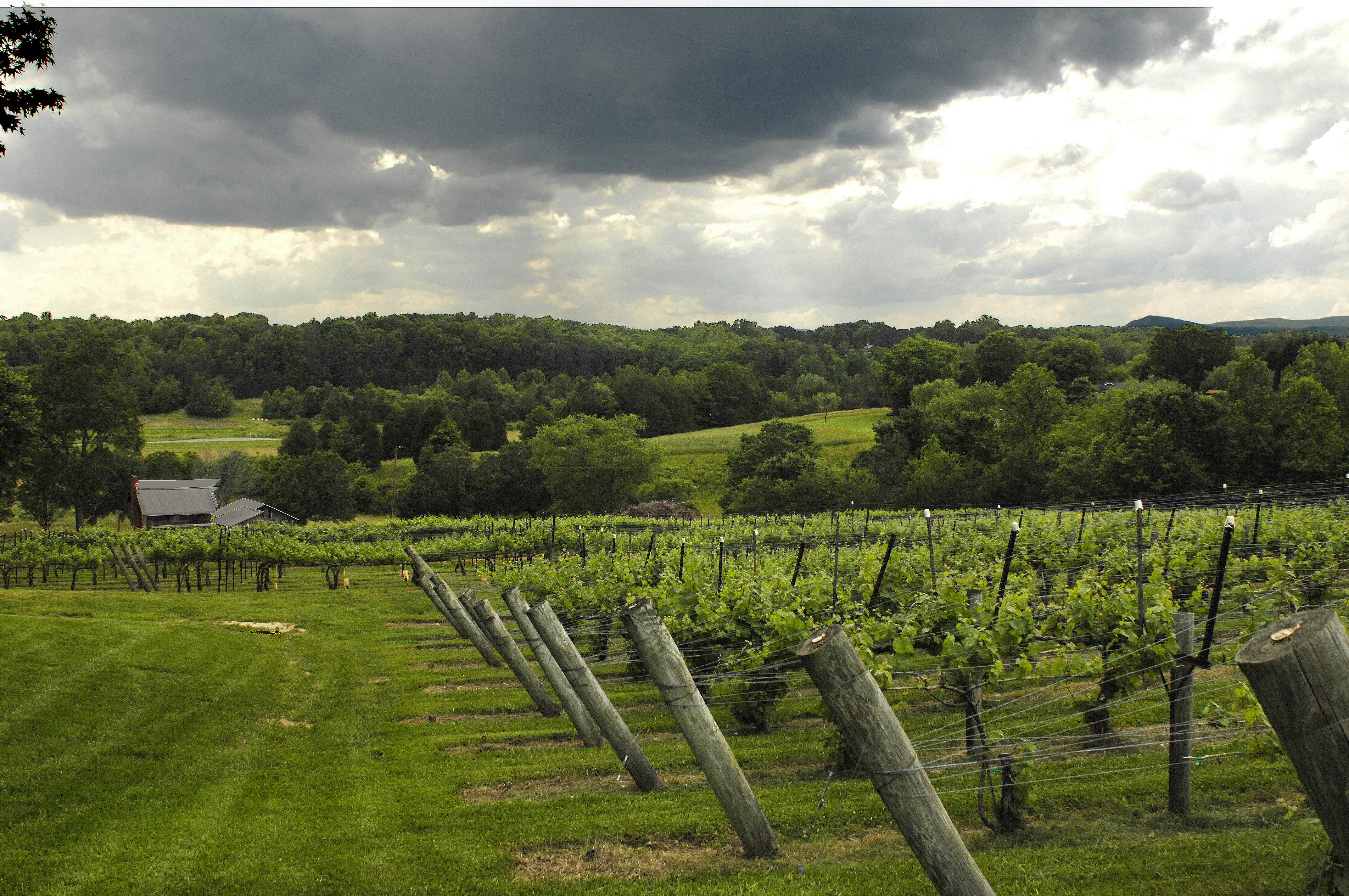
Click on image for high-resolution version
Given enough time, Americans can ruin just about any landscape. Suburbanization is one of the most popular methods.
Suburbanization requires major expenditures on roads. We don’t have those roads here in Stokes County. Our roads are narrow and crooked. Suburbanization also requires population growth and money. We don’t have that either.
The photo is of Younts Wine Farm near Walnut Cove.
On letting grass go to seed (follow-up)
When I check the logs of this blog, one post that I find is frequently read (by people searching Google) is “On letting grass go to seed” from May 2009. I owe my readers a follow-up on that post.
In May 2009, I was so busy finishing the building of the abbey that I didn’t have time to mow my grass, even if I’d wanted to. Also, I had reasoned that it couldn’t hurt to let the grass run wild in its first year.
But in the spring of 2010, I bought a lawn mower, and since then I have been mowing (though I don’t mow nearly as often as most folks or cut the grass as low).
Each spring, there is still an opportunity to let one’s grass go to seed and get a free seeding. The timing is tricky. The seed needs to be ripe, but it wouldn’t be healthy to let the grass get too tall and then mow it down. It’s hard on grass to cut too much of its growth at once.
I am not a horticulturist. But I am a careful observer, and I do know horticulturists who can give me advice when I need it. So, with your own grass, use your own judgment. I am more experimental than most folks. I love my grass.
One of the things I notice is there are many kinds of grasses in my yard. I tend to dislike monocultures. I have spread many types of seed based on the assumption that the happiest grass, the grass best suited to a particular area, will eventually dominate. And in any yard, grass will volunteer, though I have no idea where it all comes from.
To decide when to mow, you need to be confident that the seeds have ripened and matured and then dried out. Look closely!
I put some samples under the microscope. I was greatly surprised by what I saw. Grass looks like little corn plants! Each grass seed looks a lot like an ear of corn. If I’m not mistake, the seeds flower out the top through tiny silks, like corn, at least on some types of grass. I may be wrong about this, and I’ll need to ask a horticulturist. But upon seeing the resemblance of corn to grass under the microscope, I did some quick Googling. For example, Scientists Trace Corn Ancestry from Ancient Grass to Modern Crop.
In the microscopic photo below, notice what appears to me to be a little corn-like tassle at the top of the seed.
A visit to Rag Apple Lassie vineyards
One of my favorite wineries in the Yadkin Valley is Rag Apple Lassie. It’s near Boonville in Yadkin County. Many of the Yadkin Valley wineries are hobby operations, typically started by rich CEO’s intrigued with the idea of making wine. Rag Apple Lassie, on the other hand, started as a true agricultural enterprise by former tobacco farmers who wanted to reinvent themselves in the modern world. The land has been in the Hobson family for more than a hundred years.
“Rag Apple Lassie” was a favorite dairy cow for whom the winery was named. Jenna Hobson, the matriarch of the Hobson family who presides over the business, gives everything a feminine touch, including the names they give their wines.
To a wine lover with Californiafied tastes, many of the Yadkin Valley wines are less robust than the sassy Sonoma wines that I prefer. I do like Rag Apple Lassie’s chardonnays.

The mountain in the background is Pilot Mountain, which is part of the little Saura mountain range that connects the Yadkin Valley with the Dan River Valley.







